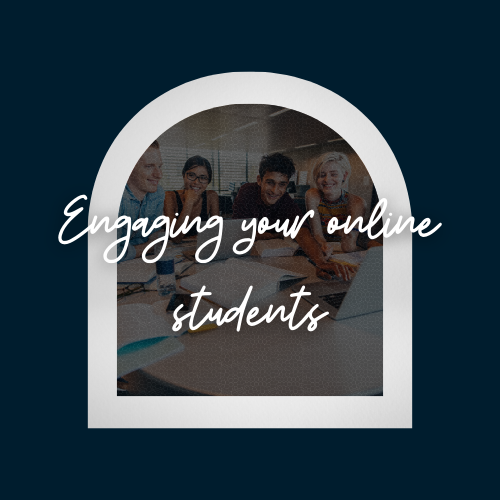
Engagement serves as the cornerstone of impactful teaching. When students are engaged and committed to their studies, genuine learning occurs.

In the previous post, Strategies and Techniques for Online Teaching – Part 1, we learned that traditional classroom settings can’t be replicated and that it’s crucial to identify the essential elements that make for a successful online learning experience.
Today, we’ll talk about engaging with your online students.

Engagement serves as the cornerstone of impactful teaching. When students are engaged and committed to their studies, genuine learning occurs. Online educators must surpass mere content delivery to craft a vibrant, interactive learning journey that resonates with students even after they disconnect.
Incorporate various interactive learning activities like virtual labs, simulations, online debates, and collaborative group projects. These cater to different learning styles and ensure that students actively participate in their learning. Interactive activities not only solidify understanding but also help in breaking the monotony of passive learning.
Collaborative technologies are the heart of any classroom, online or offline. To ensure that students can work together, utilize virtual breakout rooms, shared documents, and group chat features. Consider peer-to-peer or group assessments to encourage teamwork and personal responsibility for learning outcomes.
Digital platforms offer multimedia tools that can help bring concepts to life in a way that textbooks or lectures cannot. Incorporate videos, podcasts, infographics, and other visual and auditory aids to provide a multi-sensory learning experience.
Information is at our fingertips in the digital age, but not all sources are created equal. Curate high-quality resources and model critical evaluation skills for your students. Online libraries, academic journals, and educational databases should be your go-to sources for course materials.


